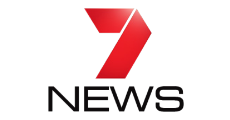THE DIFFERENCE BETWEEN A COSMETIC AND A PLASTIC SURGEON
From facelifts to fillers and anti-wrinkle treatments, procedures that focus on aesthetics have changed dramatically over the last few years.
Because of this, individuals are finding it more and more difficult to find the right surgeon to meet their needs.
Not understanding the difference between a cosmetic and a plastic surgeon is a significant contribution to their confusion.
While cosmetic surgery is a subspecialty of plastic surgery, cosmetic surgeons can only perform cosmetic procedures.
TWO TYPES OF PLASTIC SURGERY:
1. RECONSTRUCTIVE SURGERY
Which treats all parts of the body affected aesthetically or functionally by infection, cancer, congenital defects, developmental abnormalities, or trauma.
Reconstructive plastic surgery may be covered by your private health insurance, whereas cosmetic plastic surgery is an elective surgery and is generally not covered.
Undergoing a breast reconstruction following a mastectomy is a reconstructive procedure that only a plastic surgeon should perform.
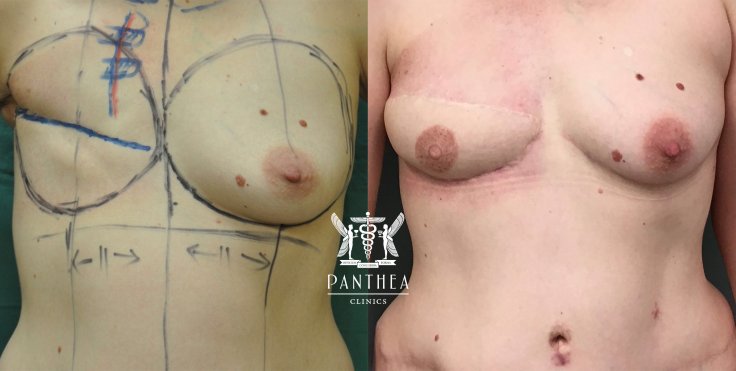
2. COSMETIC SURGERY
Which seeks to enhance or reshape parts of the body.
Cosmetic procedures can include surgical, minimally invasive, or even nonsurgical procedures.
Undergoing a breast augmentation or a mastopexy (breast lift) is a cosmetic procedure that could be performed by a plastic or cosmetic surgeon.
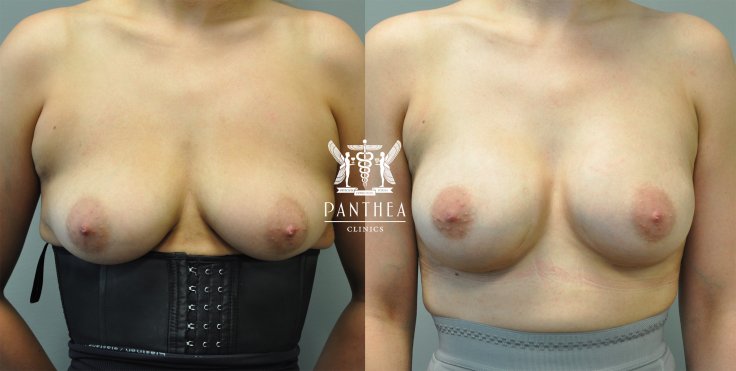
WHAT DOES ‘BOARD CERTIFIED’ MEAN?
All Australian plastic surgeons have a minimum of 9 years of specialty training and are awarded a Fellowship by the Royal Australasian College of Surgeons (FRACS) in Plastic Surgery FRACS (Plast). This is the only formal and recognised qualification in Plastic and Cosmetic Surgery awarded by the Australian Medical Council (AMC). The AMC recognises cosmetic surgery as part of plastic surgery and not a different specialty.
Cosmetic surgeons may not have any board certifications to call themselves cosmetic surgeons. Any doctor from a dermatologist to an oral surgeon can call themselves cosmetic surgeons.
WHAT ARE DR FARHADIEH’S QUALIFICATIONS?
Dr Ross Farhadieh is unique amongst his peers in many ways.
First and foremost, he is TRIPLE BOARD CERTIFIED. This means that he has been rigorously assessed and examined by THREE independent Surgical Colleges, and deemed to show mastery of his plastic and reconstructive surgical skills.
Dr Farhadieh is the ONLY triple board certified plastic and reconstructive surgeon in Australia.
Dr Ross Farhadieh’s Board Certifications:
- The Royal Australasian College of Surgeons, FRACS(Plast)
- The Royal College of Surgeons, United Kingdom, FRCS(Plast)
- The European Board of Plastic, Reconstructive, and Aesthetic Surgery (EBOPRASF)
Dr Farhadieh’s Memberships:
- Member of Australian Society of Plastic Surgeons
- Member of American Society of Plastic Surgeons
- Member of British Association of Plastic Reconstructive Aesthetic Surgery
- Member of International Society of Aesthetic Surgery
- Senior Clinical Lecturer, University of Sydney
- Senior Clinical Lecturer, ANU Medical School
Secondly, Dr Farhadieh is the Chief Editor of the critically acclaimed and internationally hailed reference textbook of plastic surgery: Plastic & Reconstructive Surgery: Approaches and Techniques. His own contributions were chapters on breast augmentation, blepharoplasty (eyelid lift) and facelift surgery.
DR FARHADIEH’S 7 POINT-GUIDE TO CHOOSING YOUR SURGEON:
- Make sure your plastic surgeon has at least ‘FRACS(Plast)’ after their name – The only body in Australia that provides internationally recognised plastic surgery training is the Royal Australasian College of Surgeons. Fellows of the College are signified with FRACS(Plast) and often hold membership of the Australian Society of Plastic Surgeons (ASPS). This indicates, on average, 8 years of surgical postgraduate training after medical school.
Please remember that in Australia, anyone with a medical degree can refer to themselves as a ‘cosmetic surgeon’, even if they have had no surgical training whatsoever. - Ensure that your surgeon has had formal training in their sub-speciality area – This sort of training is achieved through formal cosmetic (aesthetic) Fellowships at specialist centres, ideally under the mentorship of a World expert in that field. Note that a Fellowship is very different to just an ‘Observership’. A formal Fellowship denotes an intense period of work where the surgeon is able to perform surgeries within that sub-speciality, while receiving training. On the other hand, an Observership involves spending a period of time simply watching another Specialist perform surgery.
- Choose a surgeon who is completely honest with you – Honesty and integrity are fundamental pre-requisites to being a good surgeon. A good surgeon will explain all the known risks and potential complications of your procedure, even if they’re very uncommon. They will encourage you to ask questions, and come back for further consultations where needed. Furthermore, a good surgeon should have the ability to discern if surgery isn’t a good option for you or if your desired results are not achievable. In these cases, they should tell you unreservedly, and transparently. You should never feel that your surgeon is trying to ‘sell’ a procedure to you.
- Have a look at some ‘Before and After’ pictures, being mindful of their limitations – These pictures should provide a sample to demonstrate the breadth and outcome spectrum of a surgeons work. They show results in one particular patient at one particular time, i.e. a snapshot image. Remember that they don’t tell you, for example, about the movement and function of that part of the body post surgery. These factors are equally important. Galleries, whilst very helpful, give only one dimension of the bigger picture.
‘Before and after galleries’ must be honest. They must contain un-edited, non- digitally enhanced images. Ensure that comparisons are made between identical postures. A classic example of a misleading comparison is where a person immediately post tummy tuck is photographed lying on the operating table, which will falsely add to the look of a flatter tummy when compared to standing in front of the camera pre-procedure (tummies always look flatter lying down). Also be mindful that some more artistic galleries may use strategically placed underwear or clothing to hide scars. - Do not read too much into Social Media – Instagram and Facebook are platforms that normally convey the essence or ‘flavour’ of a Practice or Surgeon. The best analogy is to think of a shop front window. You see a snapshot, but not the whole picture. For that reason, there is no surrogate for visiting a Clinic, and meeting your surgeon face to face.
- Be aware of the Rules on Reviews – AHPRA (The Australian Health Practitioner Regulation Agency) is the national body in Australia that regulates and monitors all health professionals, with their primary aim being to protect the public. AHPRA have very strict rules (with good reason) about surgeons having reviews or patient testimonials on their personal websites or social media. Similarly, with the exception of cancer patients, surgeons should not refer prospective patients to past patients in order to receive testimonials.
There are some forums/portals where patients may leave feedback for their surgeon. An example of such a site is ‘Real Self’ or Google.
Please also be aware that nearly all cosmetic and plastic surgery forums include surgeons that have paid annual subscriptions to the company to have their details listed. Therefore the absence of a surgeon on a particular forum or website, in itself, is insignificant. - Trust your Instincts – The basis of the best doctor-patient relationships is trust. With trust comes open and honest communication, which in turn not only gives you the best possible results, but also the best possible experience. You want to have peace of mind that your surgeon will not only give you the results you want, but will listen to you, and look after you post-operatively. They must be contactable and accessible at every step of your journey.
Gallery
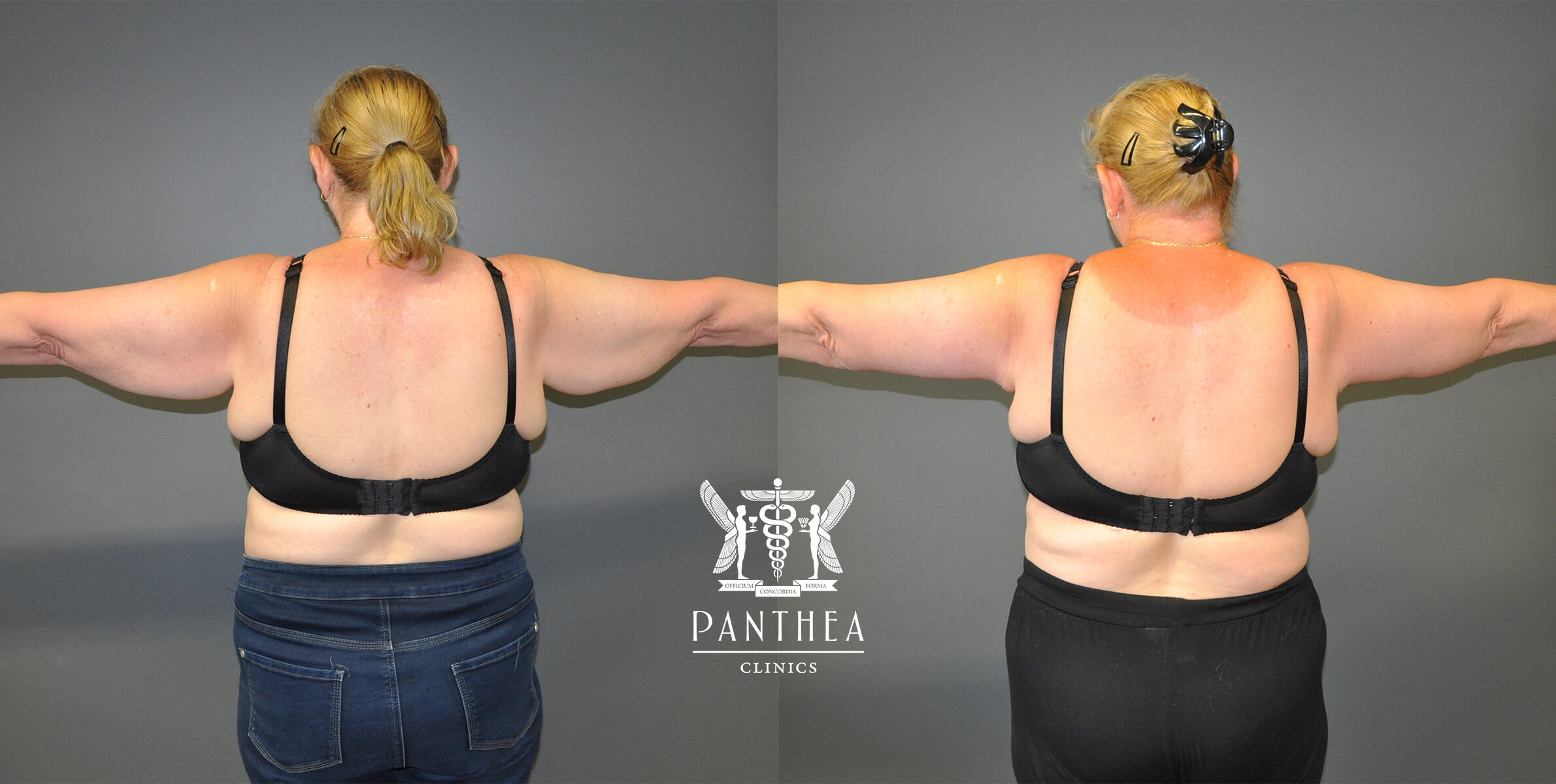
Brachioplasty (Arm Lift)
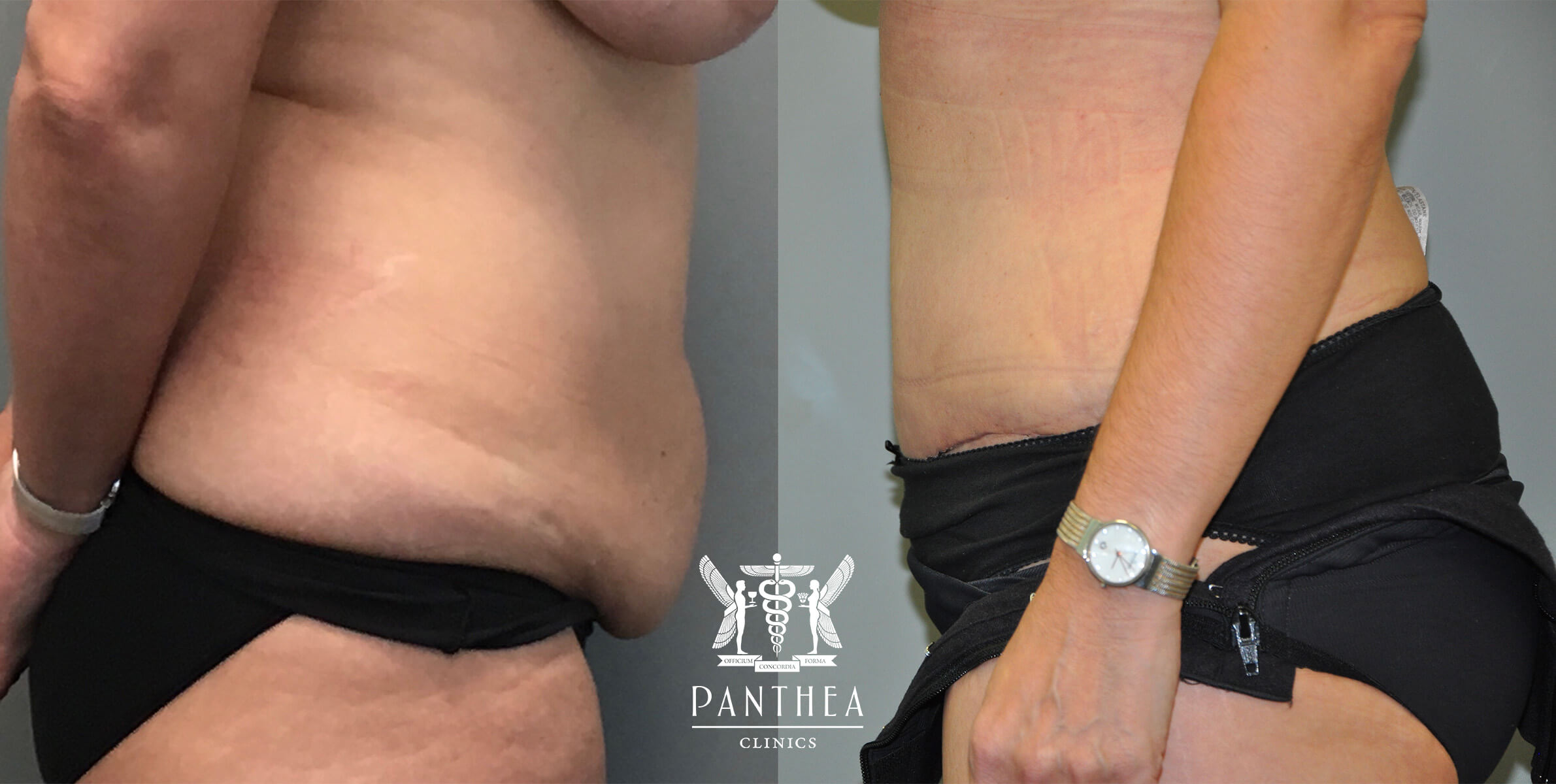
Liposculpture
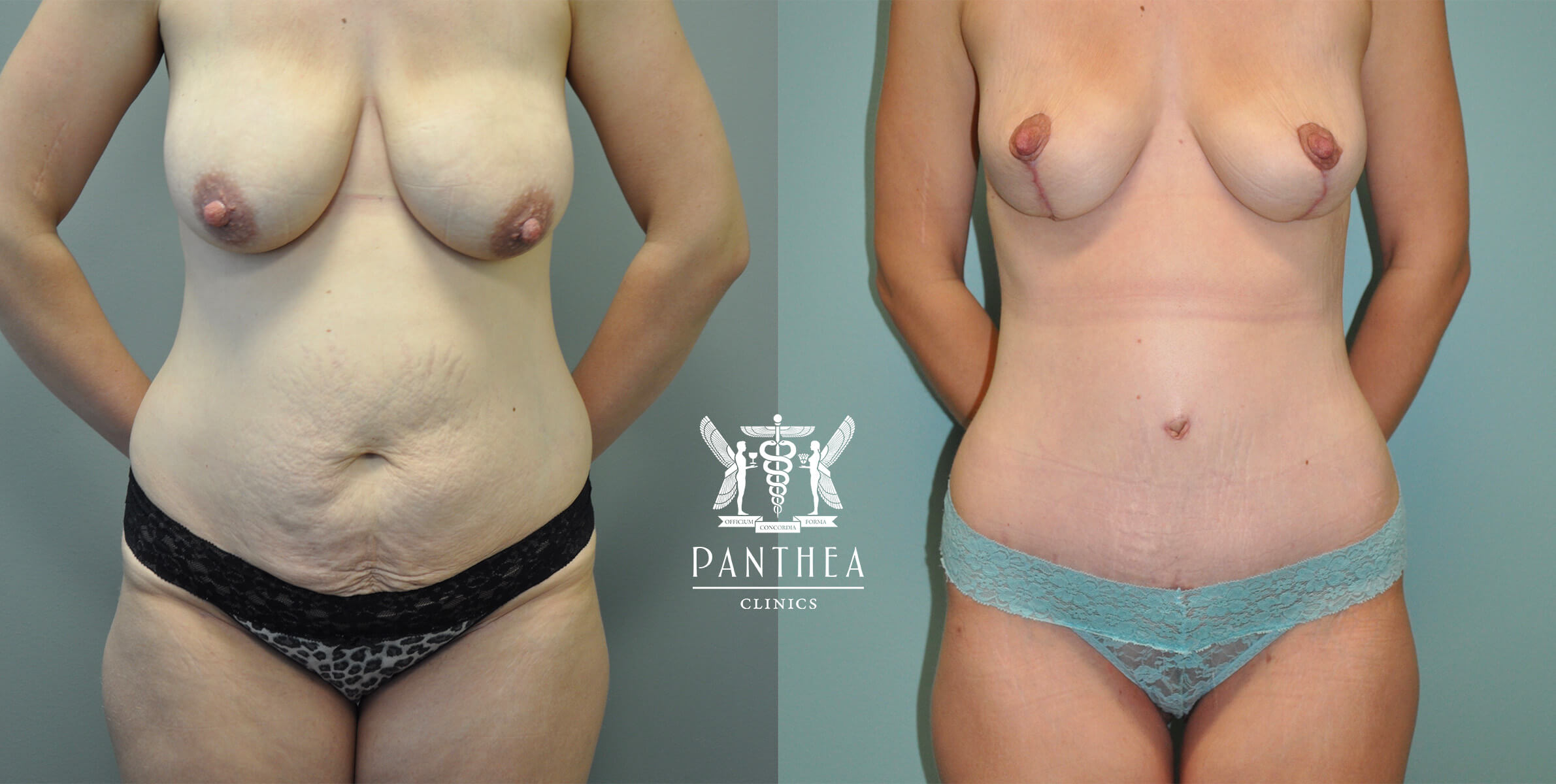
Mummy Makeover
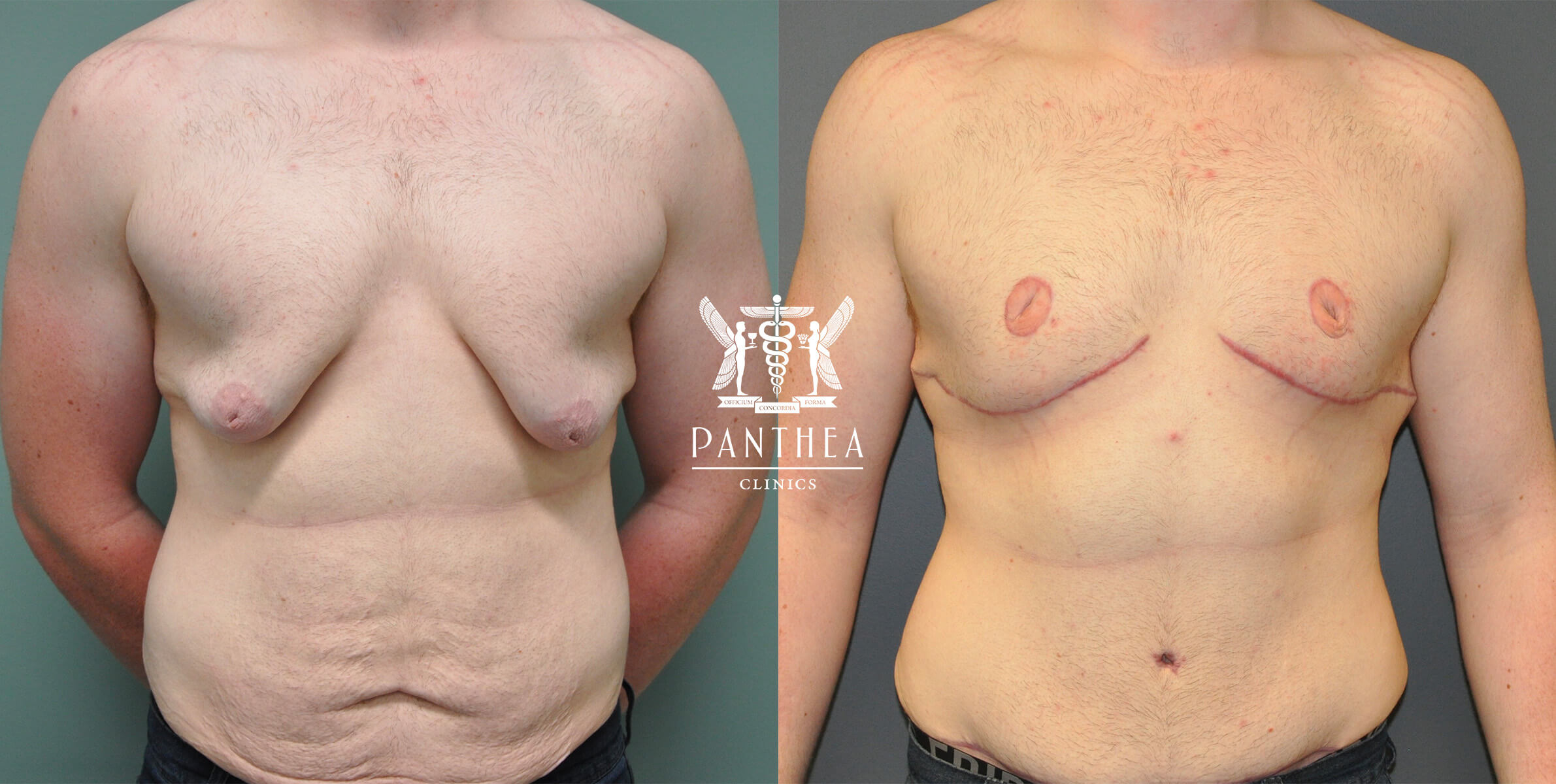
Gynaecomastia
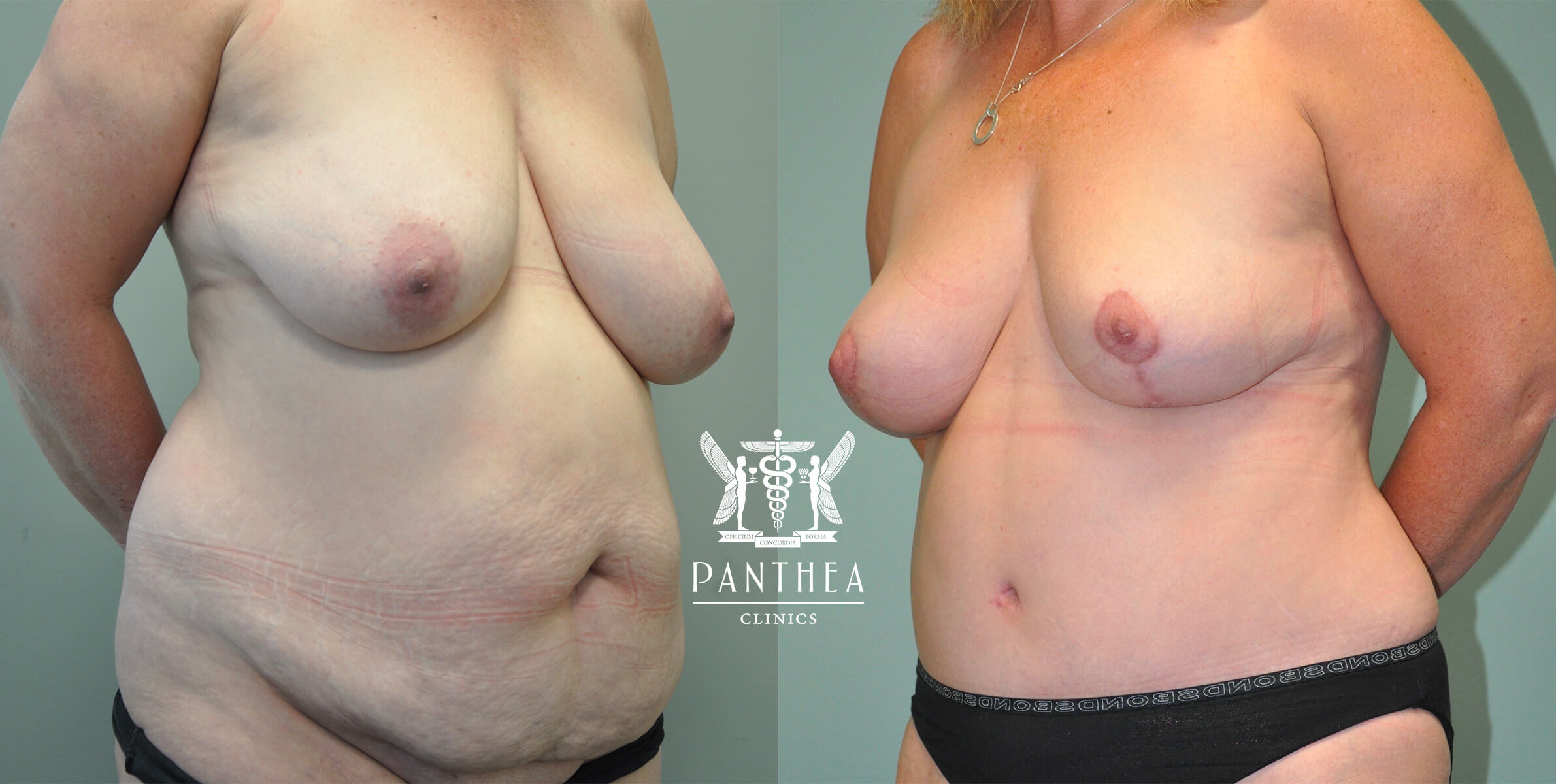
Mummy Makeover
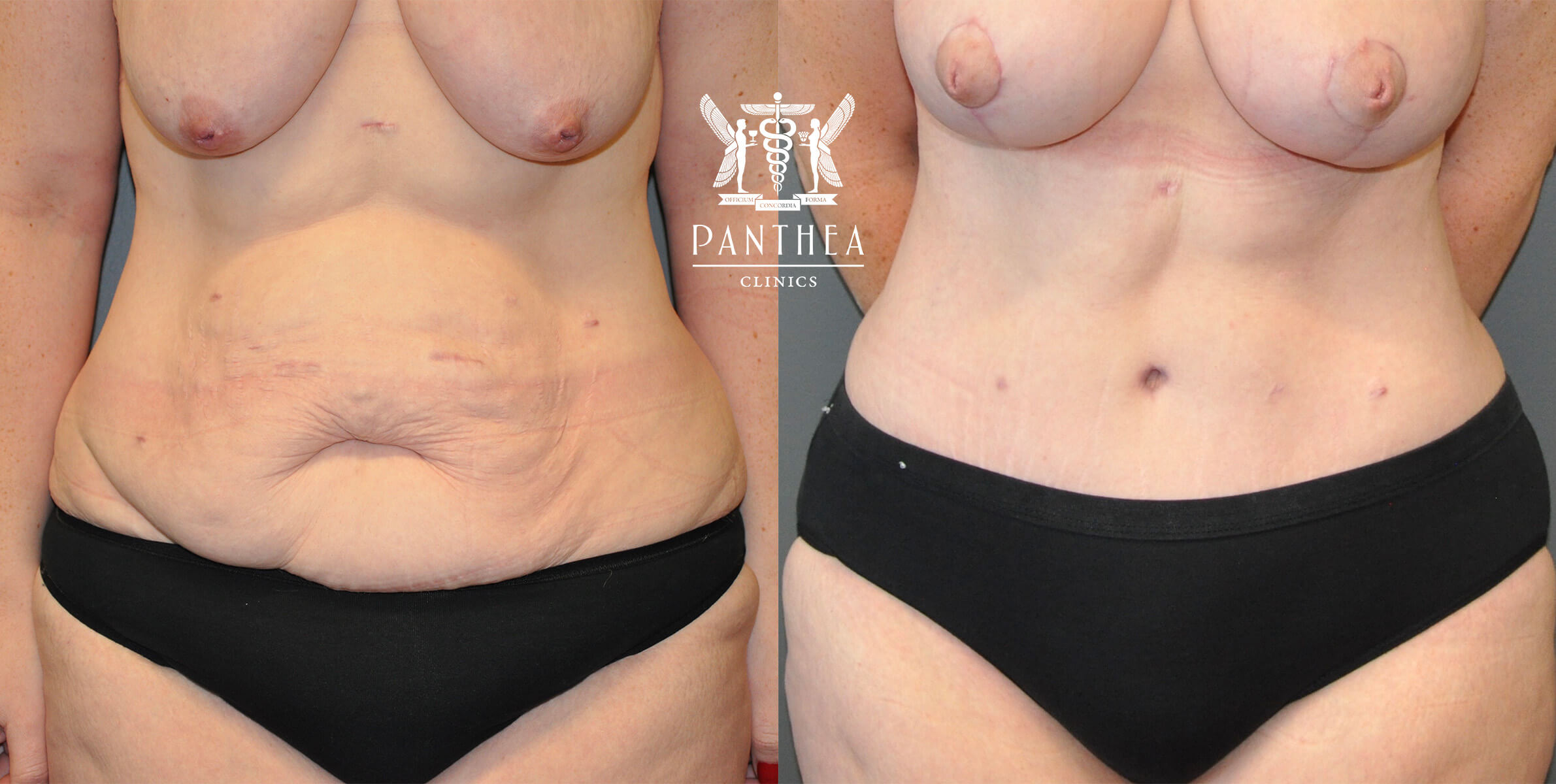
Abdominoplasty (Tummy Tuck)
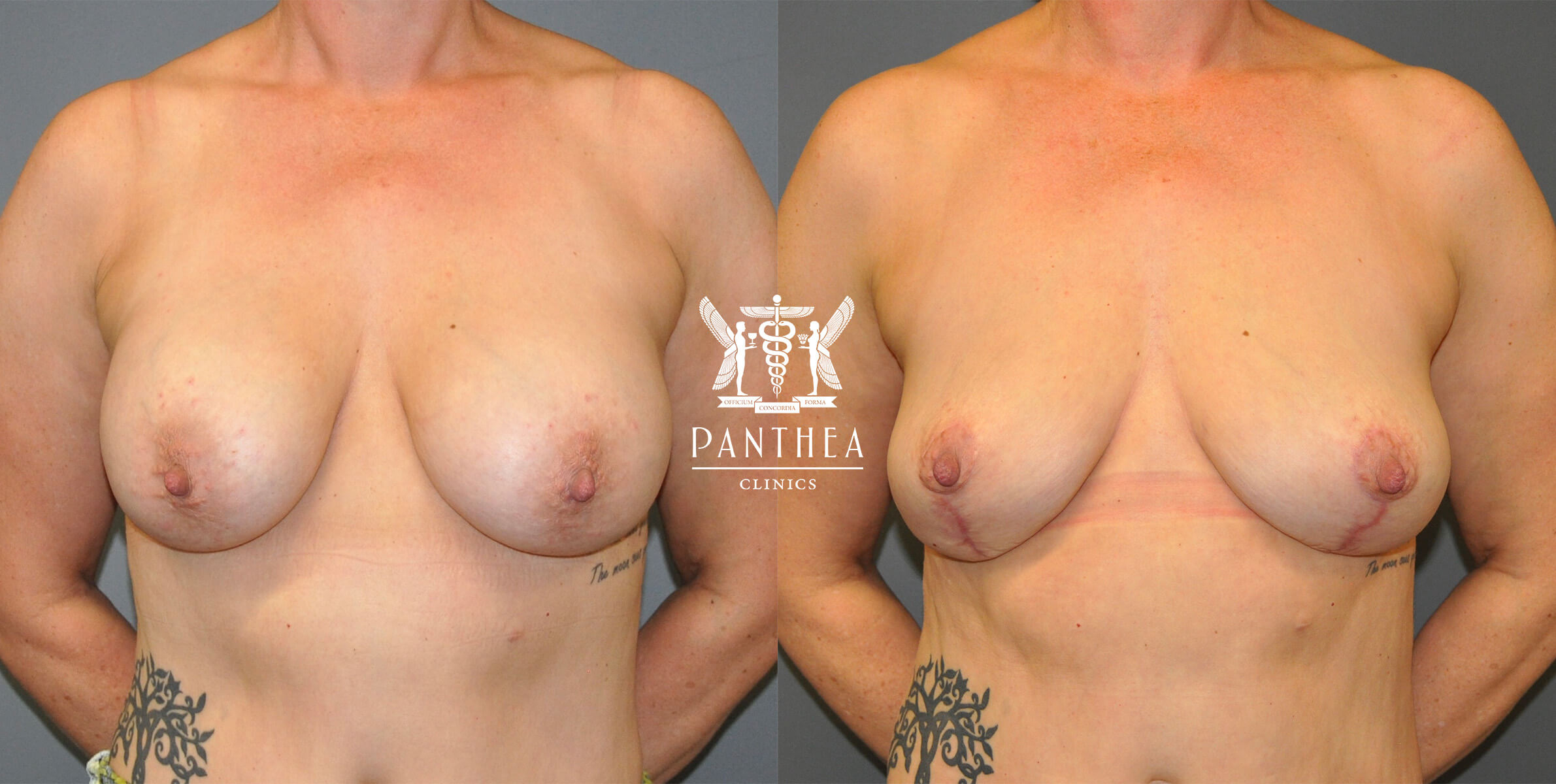
Explantation (Breast Implant Removal)
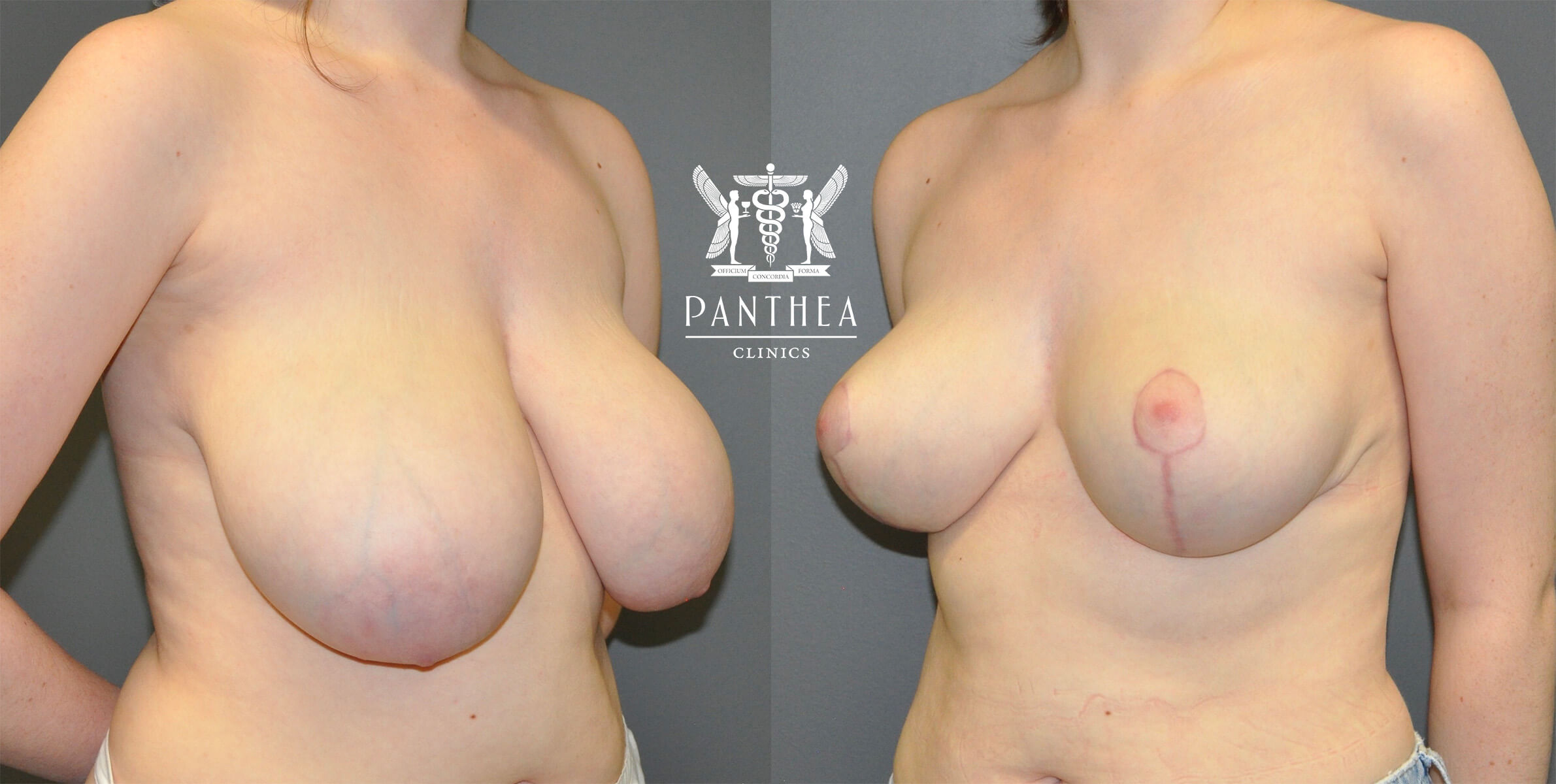
Breast Reduction
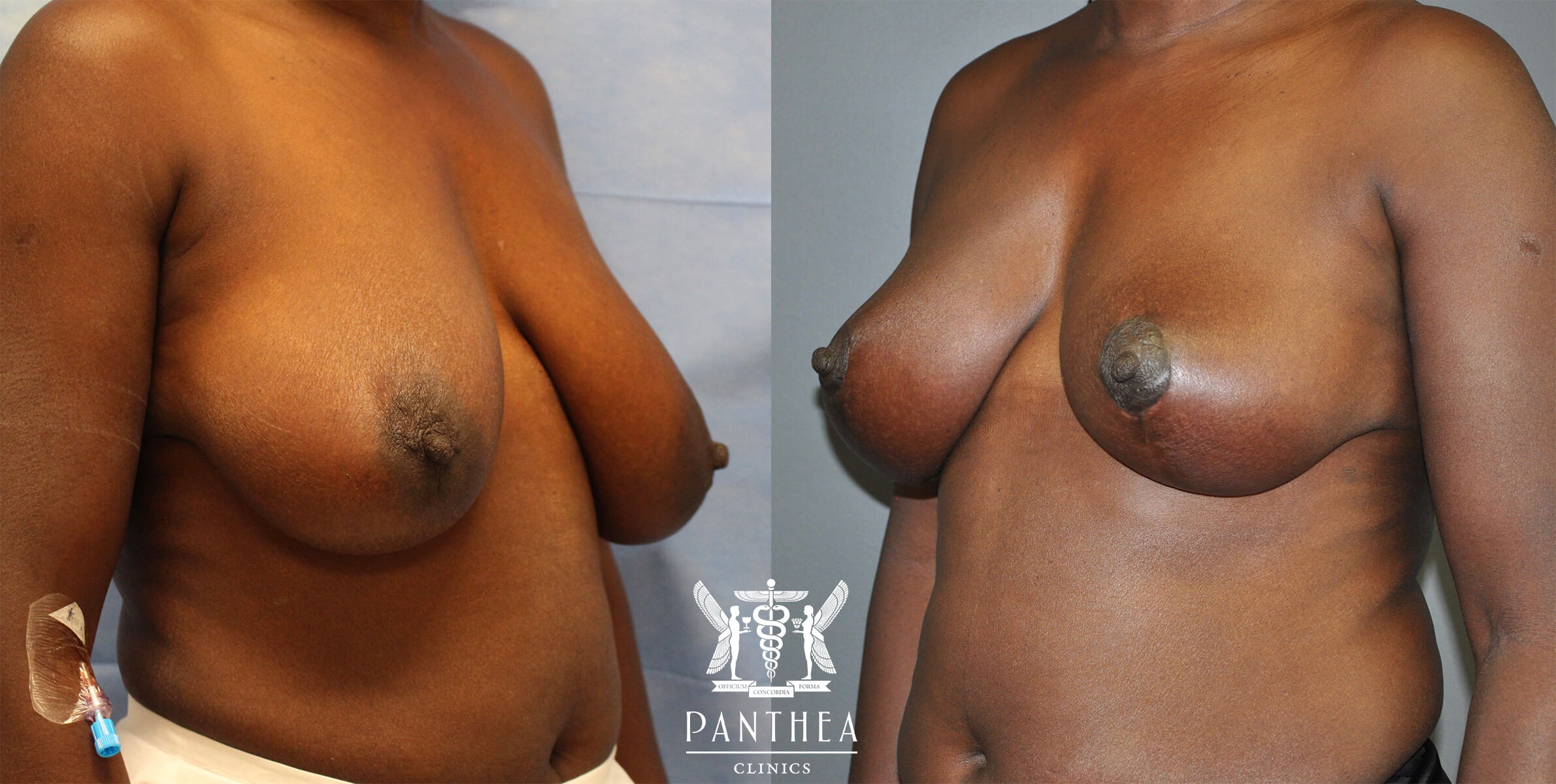
Breast Reduction & Lift
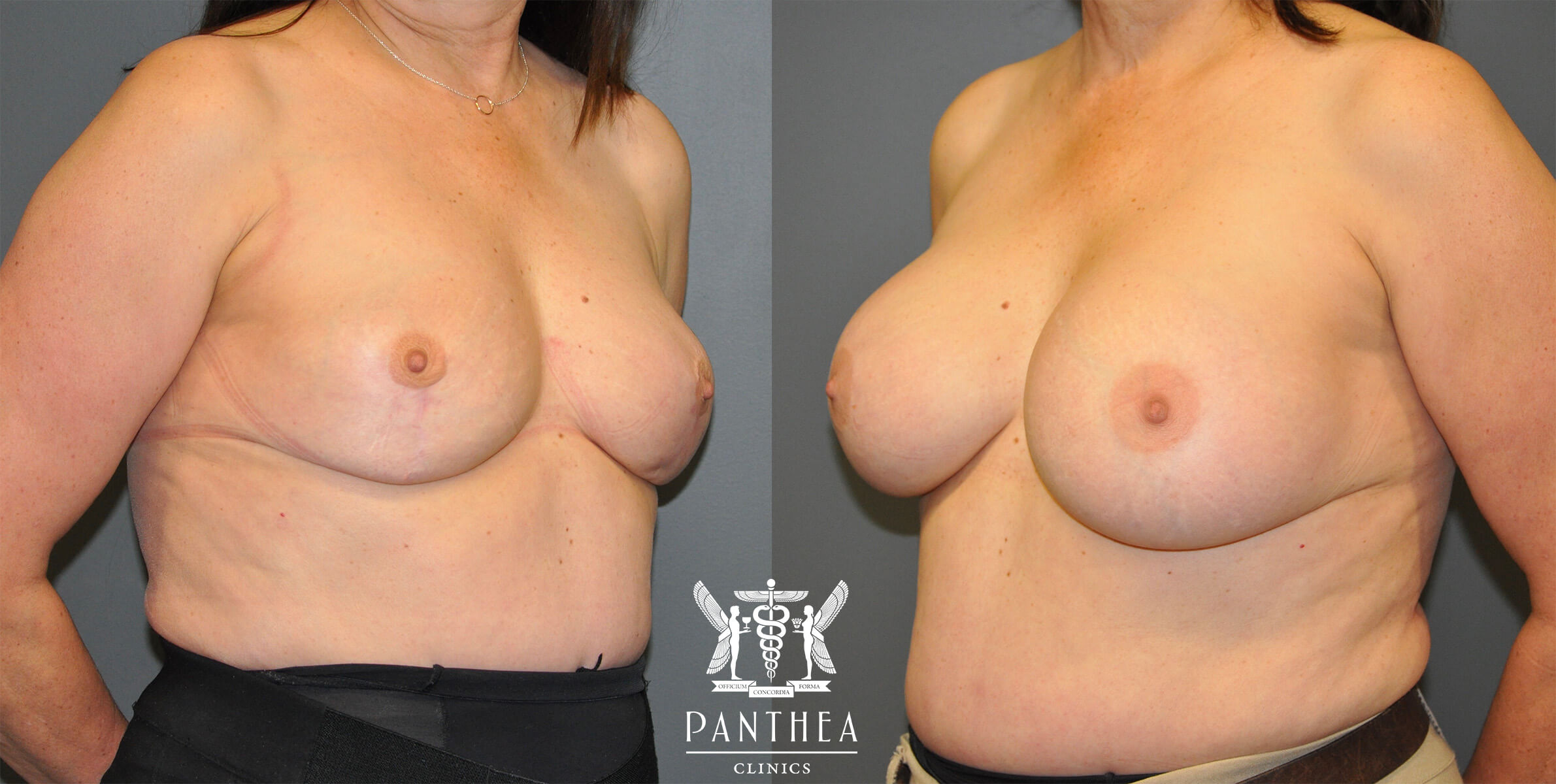
Breast Revision Surgery (Implant Replacement)
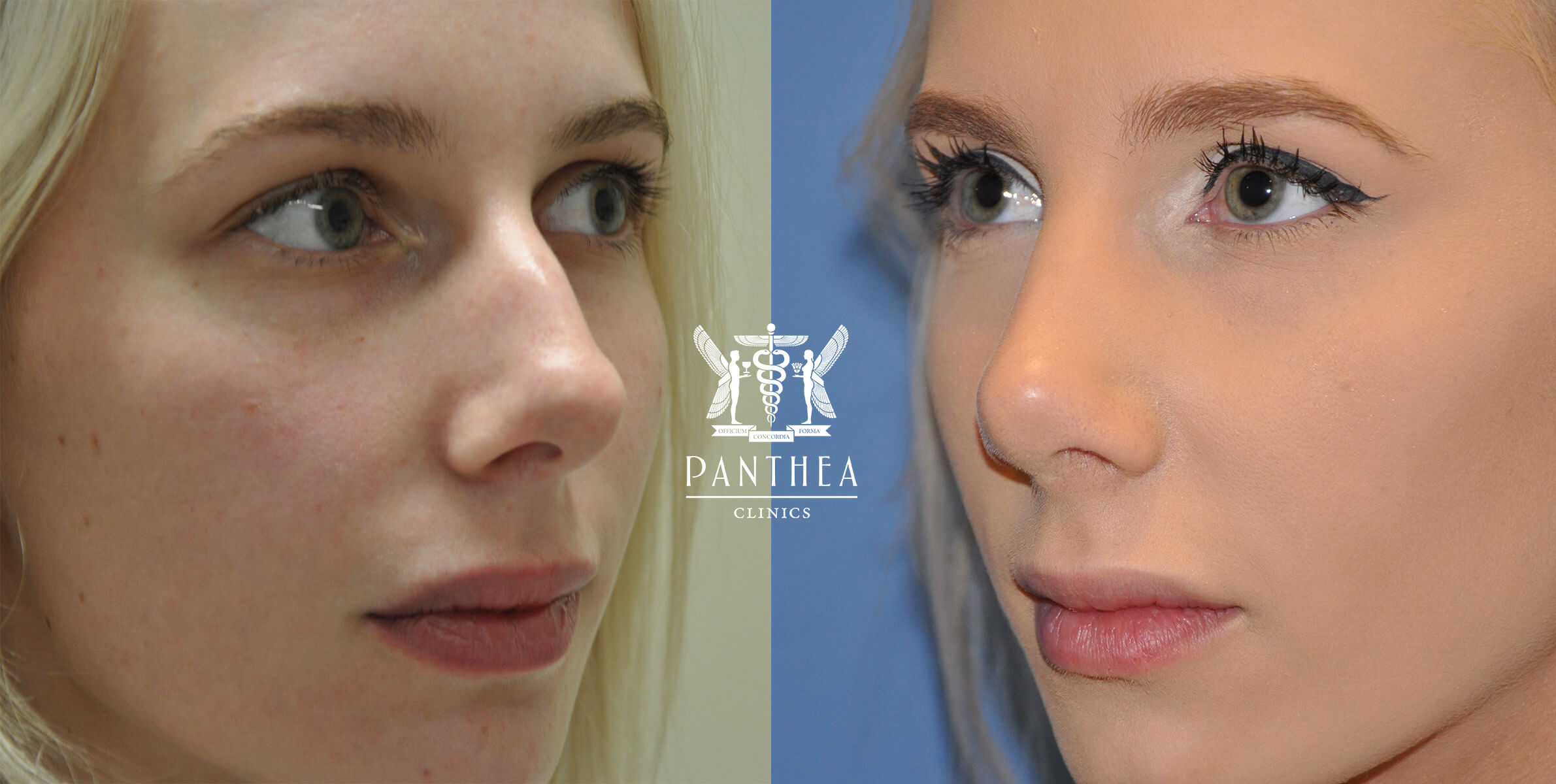
Rhinoplasty (Nose Job)
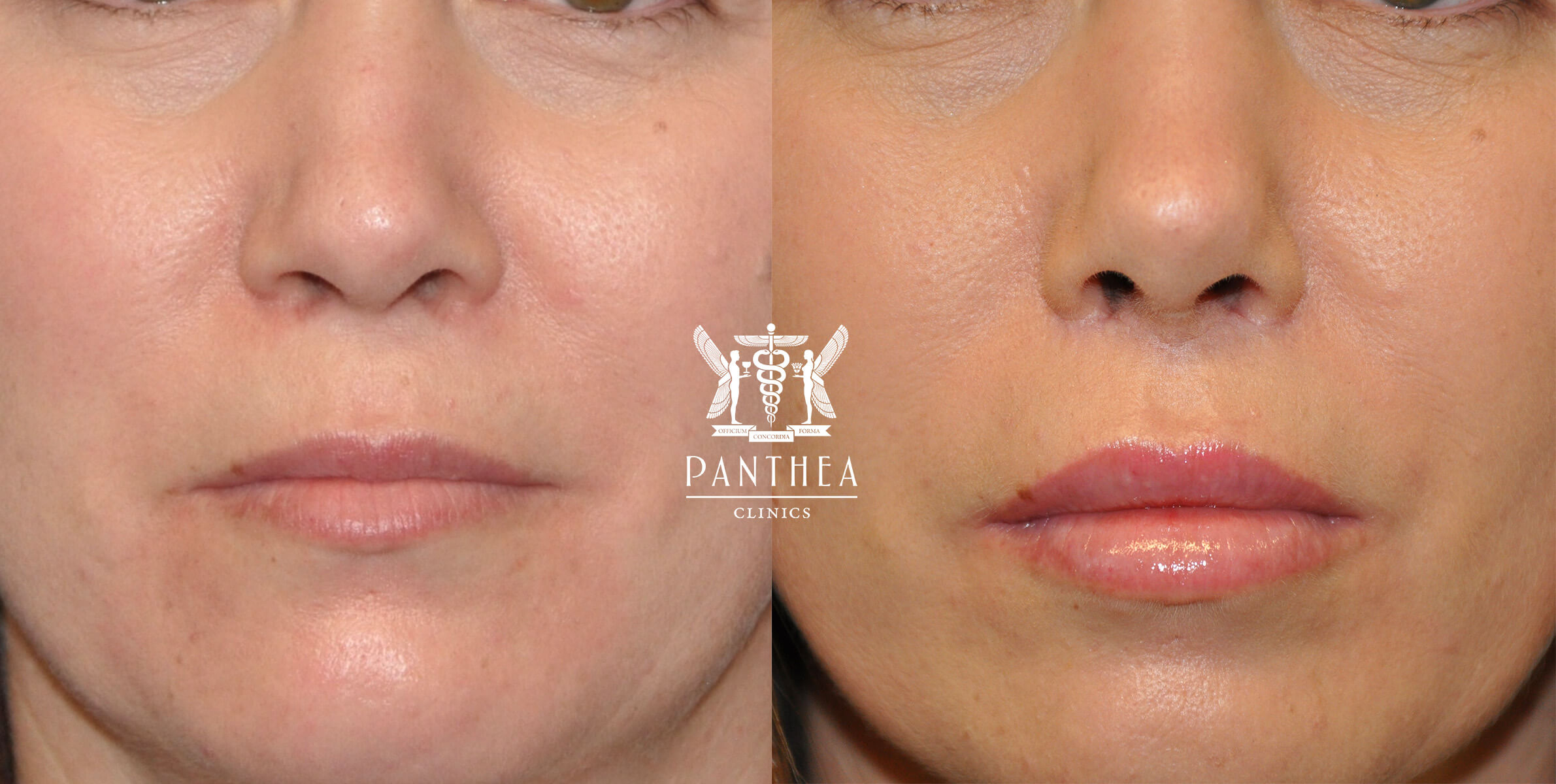
Volume Replenishment
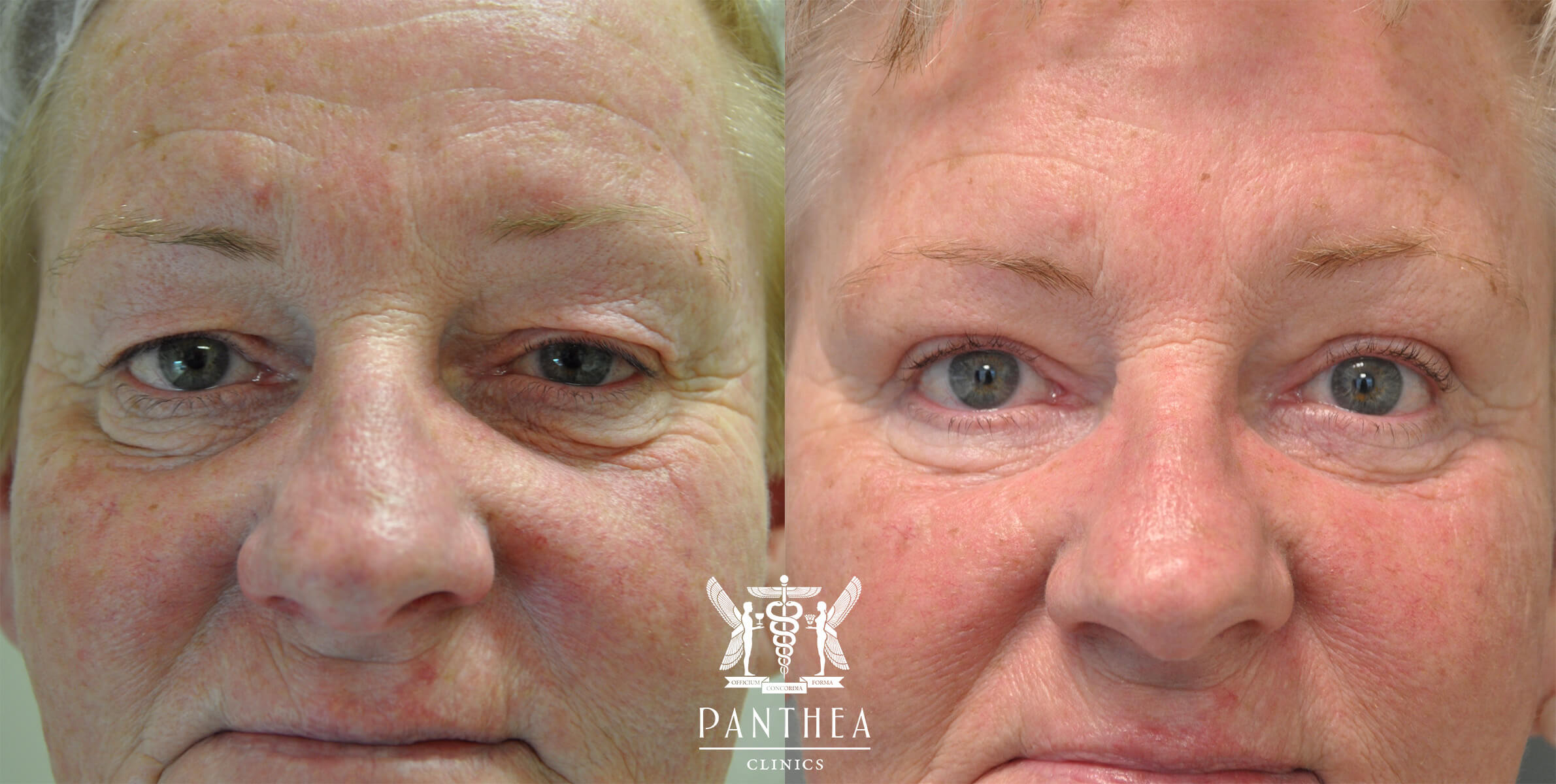
Blepharoplasty (Eyelid Lift)
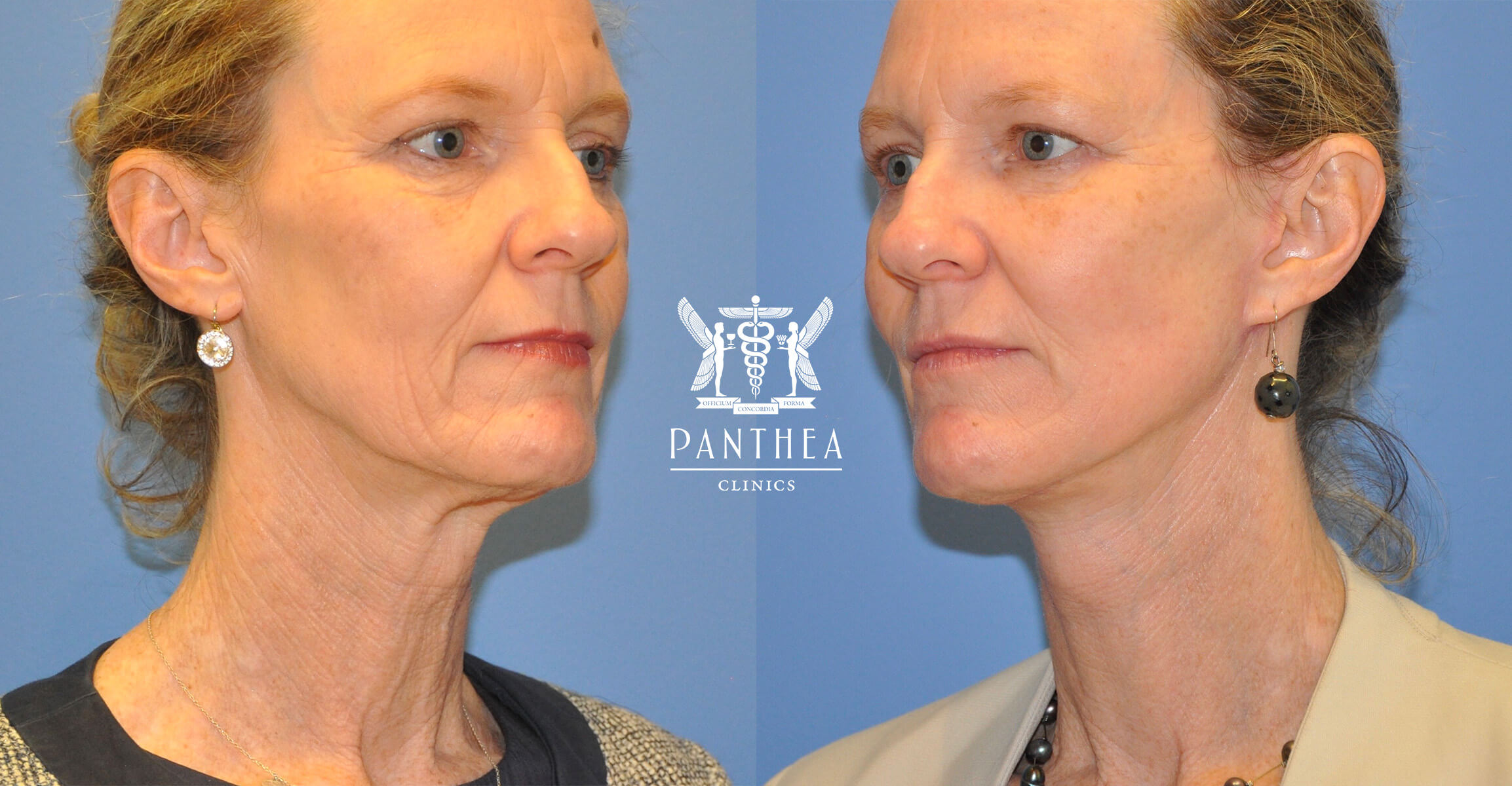
Facial Rejuvenation (Eyelid Lift, Face Lift & Neck Lift)
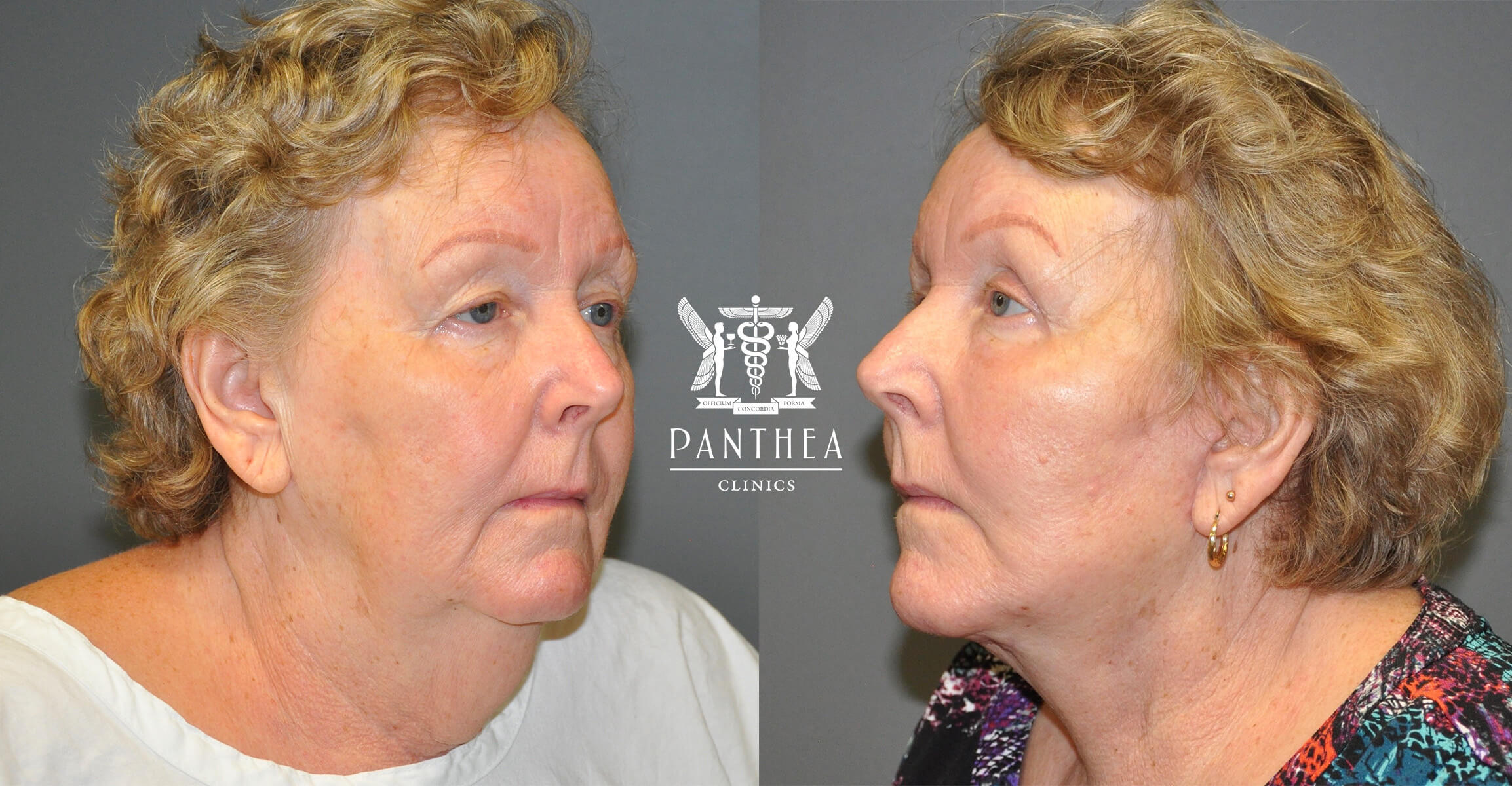
Facial Rejuvenation (Eyelid Lift, Face Lift & Neck Lift)



